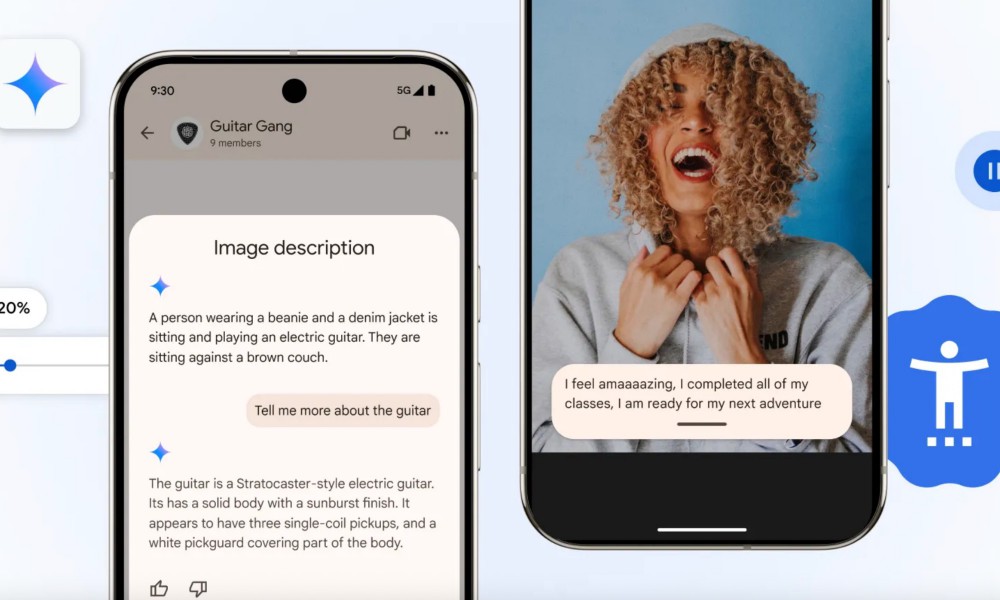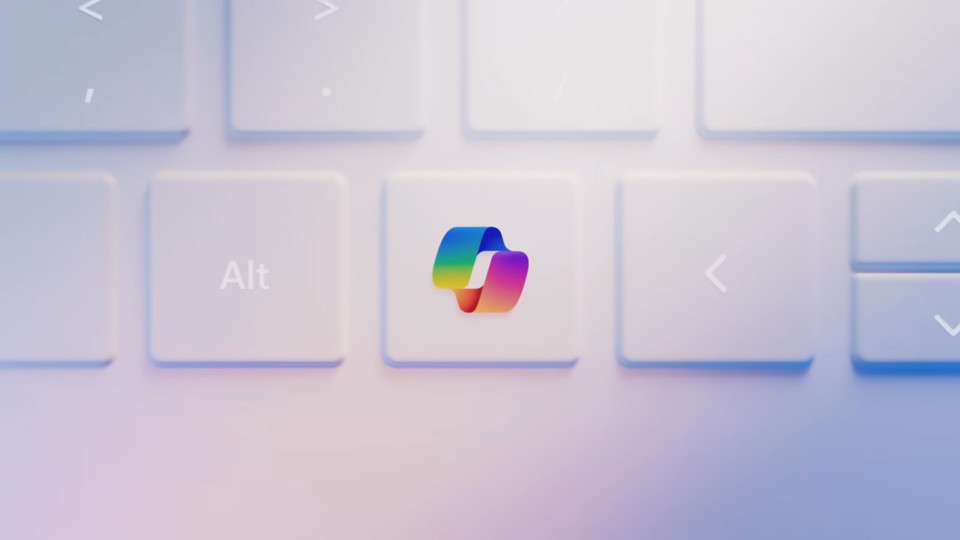Apple might arm AirPods with live translation facility this year
Apple has lately focused on giving the AirPods more of a wellness-focused makeover than hawking them as plain wireless earbuds. Late last year, the AirPods Pro 2 landed a Loud Sound Reduction feature, alongside a hearing test system and hearing aid facility.
Now, the company is reportedly eyeing a conversational upgrade for them. According to Bloomberg, Apple plans to bring a real-time translation facility to the AirPods later this year. The focus is on removing the language barrier for in-person conversations.
The feature is said to be in active development and might be rolled out via a software update later this year, tied to the iOS 19 bundle. It’s going to be a two-way translation system where the AirPods and iPhone play an equal role.
How it works?

The iPhone will serve as the translation hub. It will translate language A into language B, sending the translated audio to the person wearing the Apple earbuds. Meanwhile, language B will be translated into language A, and the translated audio stream will be played via the iPhone’s speaker for the other person.
It is not clear what translation engine Apple is going to use, nor does the report mention whether it’s going to be an AI-assisted approach and how many languages the system will support. Either way, the facility is meaningful, but Apple won’t be the first to the market.
Apple is late to the game
Google’s Pixel-branded wireless earbuds have offered this convenience for a while now. The company has relied on the Google Translate stack to allow translations in nearly four dozen languages. Users can pick between the live Conversation Mode for direct voice chat, or rely on the Transcribe Mode.

Aside from Google, numerous other brands have also jumped on the “translation earbuds” bandwagon. The Earfun AirPro 4+ earbuds, introduced earlier this year, also offer an AI-driven real-time translation trick. The Mymanu Click and Mars earbuds have been offering the perk since 2017.
There’s even a “translation earbuds” niche, where products such as the Timekettle X1 offer language translation convenience to business and enterprise customers. Meanwhile, AI chatbots such as Google’s Gemini also offer language translation facilities.
In Apple’s case, the company can go in either direction. The company already has a partnership in place with OpenAI, which puts ChatGPT in the driving seat for every occasion where Siri comes up short. Neural machine translation has also developed dramatically and there are multiple open-source models out there up for taking.
Meta, for example, open-sourced its AI-assisted translation tool that supports nearly 200 languages, all the way back in 2022. Yet, given Apple’s privacy-first approach, the company will either stick to a trusted partner or even deploy its own tech stack that can perform on-device translations, which is safer as well as quicker compared to a cloud-tethered format.









Comments on "Apple might arm AirPods with live translation facility this year" :